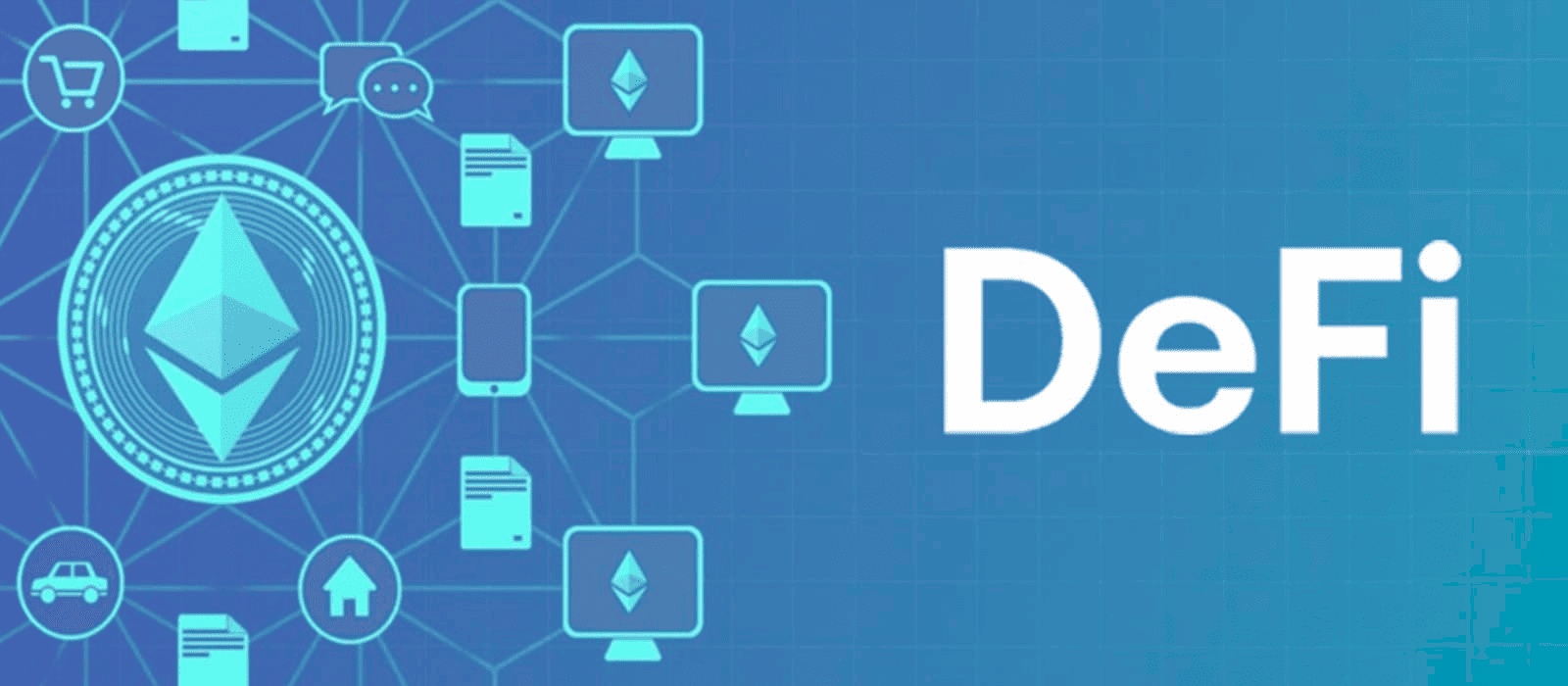Ethereum 2.0 scalability is a crucial aspect of the evolution of the Ethereum network. The transition from Ethereum 1.0 to Ethereum 2.0 addresses significant scalability challenges that have hindered the platform’s growth. With the increasing number of decentralized applications (dApps) and users, the need for a more efficient and robust system has become paramount. Ethereum 2.0 introduces several features designed to enhance scalability and performance, making it a game-changer in the blockchain landscape.
One of the primary issues with Ethereum 1.0 was its limited transaction throughput. The network could handle only about 15 transactions per second (TPS), leading to congestion and high gas fees during peak times. Ethereum 2.0 aims to solve these problems through its innovative approach, which includes the implementation of proof-of-stake (PoS) and sharding. These advancements promise to significantly increase the network’s capacity and efficiency.
In summary, Ethereum 2.0 scalability is essential for the future of decentralized technologies. As the network transitions to its new model, it is poised to support a growing ecosystem of dApps and users without compromising performance. The following sections will delve deeper into the key features of Ethereum 2.0 that contribute to enhanced scalability.
Sharding and Its Role in Improving Transaction Throughput
Sharding is a fundamental feature of Ethereum 2.0 that plays a critical role in enhancing Ethereum 2.0 scalability. This technique divides the blockchain into smaller, manageable pieces called shards. Each shard operates as an independent chain, capable of processing its own transactions and smart contracts. This parallel processing significantly increases the overall throughput of the network, allowing Ethereum to handle thousands of transactions per second.
In contrast to Ethereum 1.0, where every node must process every transaction, sharding enables a more efficient use of resources. By distributing the workload across multiple shards, the network can achieve higher efficiency and lower latency. This not only improves transaction speeds but also reduces gas fees, making the platform more accessible to users and developers alike.
As Ethereum 2.0 rolls out sharding, it is expected to accommodate a growing number of decentralized applications (dApps) and users without compromising performance. The implementation of sharding will allow Ethereum to scale horizontally, meaning that as more users join the network, its capacity to process transactions will also increase.
In summary, sharding is a pivotal component of Ethereum 2.0 that enhances transaction throughput and overall scalability. By enabling parallel processing of transactions, sharding addresses the limitations faced by Ethereum 1.0, paving the way for a more robust and efficient blockchain ecosystem.
The Impact of Proof-of-Stake on Network Performance
Proof-of-stake (PoS) is another significant upgrade in Ethereum 2.0 that greatly impacts Ethereum 2.0 scalability and network performance. Unlike the proof-of-work (PoW) model used in Ethereum 1.0, PoS allows validators to create new blocks and confirm transactions based on the amount of cryptocurrency they hold and are willing to “stake” as collateral. This shift not only enhances security but also contributes to a more energy-efficient consensus mechanism.
By implementing PoS, Ethereum 2.0 reduces the computational power required to validate transactions. This leads to faster block times and increased transaction throughput. As a result, Ethereum can handle a much larger volume of transactions without the bottlenecks that plagued the previous version. The energy efficiency of PoS also makes Ethereum more appealing to environmentally conscious users and developers.
The transition to proof-of-stake is expected to improve the overall health of the Ethereum network. With lower barriers to entry for becoming a validator, more participants can contribute to the network’s security and performance. This increased decentralization further enhances the resilience of the blockchain against attacks and failures.
In conclusion, the adoption of proof-of-stake in Ethereum 2.0 significantly enhances network performance and scalability. By allowing for faster transaction processing and reducing energy consumption, PoS positions Ethereum as a leader in the blockchain space, supporting the growing demand for decentralized applications and services.
Comparative Analysis of Transaction Speeds: Ethereum 1.0 vs 2.0
Comparing transaction speeds between Ethereum 1.0 and Ethereum 2.0 illustrates the significant advancements in Ethereum 2.0 scalability. Ethereum 1.0 is limited to approximately 15 transactions per second (TPS), which often leads to congestion and high gas fees during peak usage times. In contrast, Ethereum 2.0 aims to increase this capacity dramatically, with projections of achieving thousands of TPS through sharding and proof-of-stake mechanisms.
Ethereum 2.0’s architecture is designed to support a large number of transactions simultaneously. With sharding, multiple transactions can be processed in parallel, effectively multiplying the network’s capacity. This scalability is crucial for the increasing number of dApps and users on the platform, as it ensures that the network remains responsive and efficient even under heavy load.
Moreover, the transition to proof-of-stake further accelerates transaction speeds. Validators can confirm transactions more rapidly than miners in the proof-of-work system, resulting in quicker block confirmations. This improvement in transaction speeds directly benefits users, allowing for faster interactions and a better overall experience on the Ethereum network.
In summary, the comparative analysis of transaction speeds between Ethereum 1.0 and Ethereum 2.0 highlights the remarkable improvements brought by the latter. With advancements in sharding and proof-of-stake, Ethereum 2.0 is set to deliver a much faster, more scalable blockchain solution that meets the demands of an expanding ecosystem.
Future Implications for Decentralized Applications
The future of decentralized applications (dApps) on the Ethereum blockchain is significantly influenced by the advancements in Ethereum 2.0 scalability. With the introduction of sharding and proof-of-stake, developers are now able to create more complex and resource-intensive dApps without worrying about network congestion or high transaction costs. Ethereum 2.0 scalability paves the way for a new era of dApps that can cater to a broader audience and offer enhanced user experiences.
As transaction speeds increase and gas fees decrease, developers can focus on building innovative applications that leverage the full potential of blockchain technology. For instance, sectors such as gaming, finance, and supply chain management can benefit immensely from the capabilities of Ethereum 2.0. The increased scalability allows for real-time interactions and seamless integrations with existing systems.
Moreover, the growth of decentralized finance (DeFi) applications is expected to skyrocket as Ethereum 2.0 matures. With lower barriers to entry and improved performance, more users will be able to participate in DeFi ecosystems, leading to a more inclusive financial landscape. This could result in increased liquidity, enhanced trading experiences, and the development of new financial products.
In conclusion, the future implications for decentralized applications on Ethereum are vast. The advancements in Ethereum 2.0 scalability are set to transform the way developers create and users interact with dApps. By providing a more efficient, cost-effective, and scalable platform, Ethereum 2.0 is poised to lead the blockchain space and facilitate the growth of innovative decentralized solutions.
How Ethereum 2.0 Can Support Growing DeFi Ecosystems
Ethereum 2.0 scalability plays a crucial role in supporting the burgeoning decentralized finance (DeFi) ecosystem. As more users turn to DeFi for financial services, the need for a scalable and efficient blockchain becomes increasingly important. Ethereum 2.0 addresses these needs through its innovative features, ensuring that DeFi applications can operate smoothly and efficiently.
The introduction of sharding allows multiple DeFi protocols to run simultaneously without causing network congestion. This capability is vital as DeFi platforms often experience high traffic volumes, especially during peak trading times. With Ethereum 2.0 scalability, users can execute transactions quickly and at lower costs, enhancing the overall user experience.
Additionally, the proof-of-stake mechanism further supports the growth of DeFi by enabling faster transaction confirmations and improved security. With more validators participating in the network, users can trust that their transactions are secure and processed efficiently. This trust is essential for the widespread adoption of DeFi solutions.
Moreover, Ethereum 2.0’s scalability opens the door for the development of new DeFi products and services. Developers can experiment with more complex financial instruments, such as derivatives and synthetic assets, without the limitations imposed by Ethereum 1.0. This innovation can lead to a more diverse and robust DeFi ecosystem.
In summary, Ethereum 2.0 scalability is pivotal in supporting the growth of decentralized finance. By providing a more efficient, secure, and cost-effective platform, Ethereum 2.0 enables developers to create innovative DeFi solutions that can cater to a larger audience, driving the future of finance towards greater decentralization.
Conclusion: The Long-Term Vision for Ethereum Scalability
In conclusion, the long-term vision for Ethereum scalability revolves around the transformative capabilities of Ethereum 2.0. With the introduction of sharding and proof-of-stake, Ethereum is set to overcome the limitations faced by its predecessor, enabling a more efficient, cost-effective, and scalable blockchain. This evolution is critical for the future of decentralized applications and the broader blockchain ecosystem.
As Ethereum 2.0 continues to develop, the impact on transaction speeds, gas fees, and overall network performance will be profound. The ability to support a growing number of users and applications will solidify Ethereum’s position as a leader in the blockchain space. Furthermore, the advancements in scalability will foster innovation, attracting developers and users alike to explore the potential of decentralized technologies.
Ultimately, the future of Ethereum scalability is bright. By addressing the challenges of Ethereum 1.0, Ethereum 2.0 is well-equipped to support the next generation of decentralized applications and finance, paving the way for a more inclusive and efficient digital economy.




